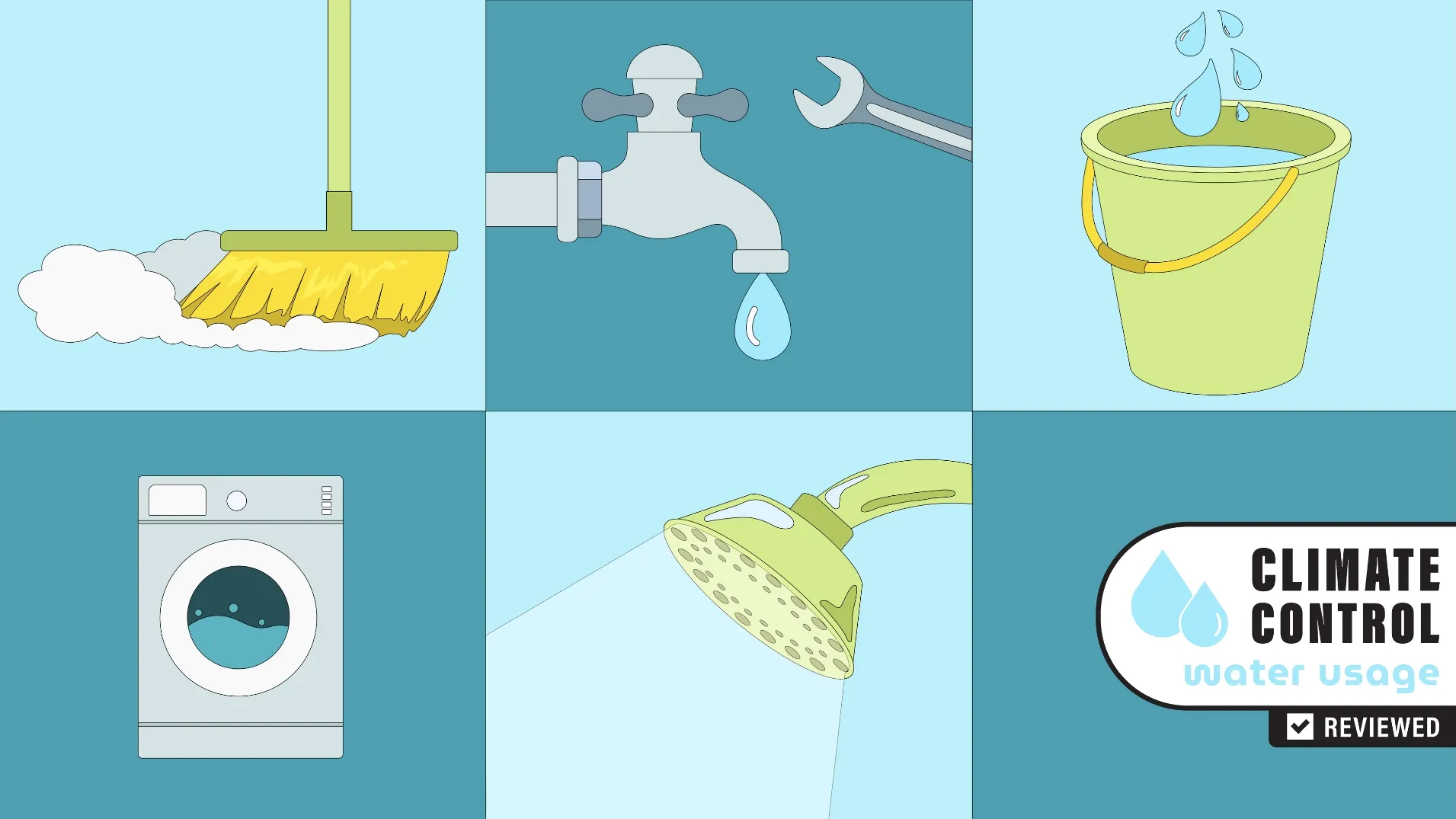Water quality impacts your health, comfort, and home appliances. Issues like odors, odd tastes, or stains may signal a problem. This guide helps you identify water quality issues and find solutions for a healthier, more comfortable home.
Understanding Water Quality
Before you can improve your water quality, it’s important to understand what affects it. Water quality is influenced by a variety of factors, including natural and man-made contaminants, as well as the mineral content found in the water.

Common Contaminants in Water
- Bacteria and Viruses
These can enter water supplies through natural sources or damaged infrastructure and pose serious health risks.
- Chemical Pollutants
Chemicals such as pesticides, herbicides, and industrial waste can seep into water supplies, especially in areas near farmlands or factories.
- Heavy Metals
Metals like lead, mercury, and arsenic can become present in water due to old piping or natural geological deposits.
- Excess Minerals
While minerals like calcium and magnesium are natural components of water, excessive amounts (hard water) can lead to scaling and affect the taste and feel of water.
Understanding these factors can help you recognize the underlying causes of poor water quality and determine the best solutions.
Signs of Poor Water Quality
How can you tell if your home’s water quality isn’t up to par? Look out for these common signs:
1. Unpleasant Taste or Odor
If your tap water tastes metallic, salty, or smells like rotten eggs, it may be contaminated with certain chemicals or bacteria like sulfur.
2. Cloudy Water or Sediment
Water that appears cloudy or has visible particles may indicate the presence of minerals, dirt, or other contaminants.
3. Stains on Sinks and Fixtures
Rusty or bluish-green stains on appliances and sinks often point to high iron or copper content in the water.
4. Dry Skin and Hair After Showering
Hard water can strip away moisture, leaving your skin and hair feeling dry and brittle after every shower.
5. Frequent Plumbing Issues
Persistent scaling in pipes, reduced water flow, or damages to water heaters often signal hard water as a culprit.
Identifying these signs early will allow you to take steps to address them before they become more serious problems.

Improving Water Quality
Fortunately, there are various ways to improve your home’s water quality. Whether you’re dealing with hard water, unpleasant tastes, or safety concerns, these solutions can make all the difference.
1. Install a Water Filtration System
Water filtration systems can remove contaminants and improve both the taste and safety of your water. There are multiple options available depending on your budget and needs.
- Activated Carbon Filters
Best for removing chlorine, bad tastes, and odors from tap water. Ideal for individual use or as under-the-sink systems.
- Reverse Osmosis Systems
These comprehensive systems remove contaminants like lead, arsenic, and bacteria, offering superior water purification.
- Whole-House Systems
If water quality issues affect the entire home, consider a whole-house filtration system that treats water as it enters your home.
2. Use a Water Softener for Hard Water
If you’re dealing with hard water, a water softener can help. These systems, like soft water systems used in Utah, remove calcium and magnesium ions, providing you with softer water that prevents scaling and improves skin and hair texture.

3. Boiling as a Temporary Solution
If you suspect bacterial contamination, boiling water can temporarily make it safe to drink. This is a good solution while waiting for professional testing or permanent solutions.
4. Regular Plumbing Maintenance
Ensure that your pipes and fixtures are up to date and free from buildup or corrosion, especially if you live in an older home. Upgrading old plumbing can significantly improve water quality.
5. Consider Water Delivery Services
For those in areas with severely compromised water, subscription-based water delivery services can provide safe, high-quality drinking and cooking water.
Pairing these solutions with ongoing testing ensures that your water quality remains consistent and safe over time.
The Importance of Regular Water Quality Testing
Improving water quality is not a one-time task—it requires ongoing attention. Regular water testing is crucial to ensure your water remains safe and to detect new potential contaminants early.
How Often Should You Test Your Water?
- Annually: If connected to a public water system, annual testing is good practice to check for common issues like hard water or mineral content.
- Every 6 Months: If you rely on a private well, test more frequently, as wells are more susceptible to contamination.
- After Repairs or Natural Disasters: Test immediately after any work on your plumbing or major weather events to rule out contamination.
Testing kits are widely available and easy to use at home. However, for comprehensive results, consider professional water testing services.
Conclusion
Now that you have a better understanding of water quality and the factors that can affect it, you can take action to improve and maintain the quality of your home’s water. By regularly testing and implementing solutions such as filtration systems and softeners, you can ensure that your household has access to safe, clean, and refreshing water at all times.

